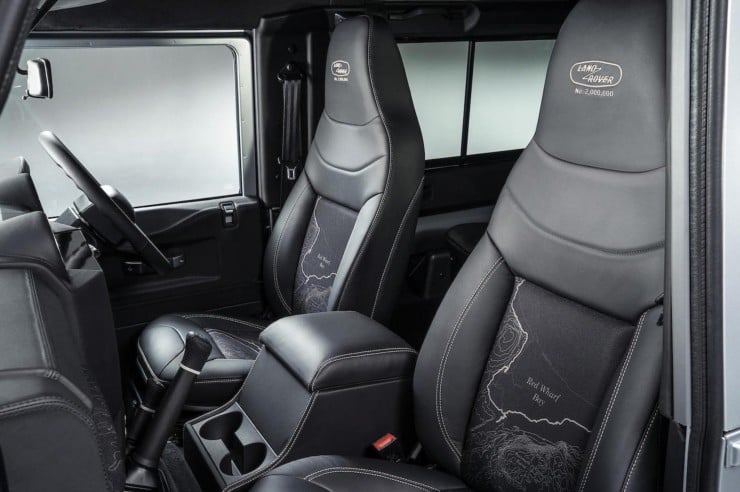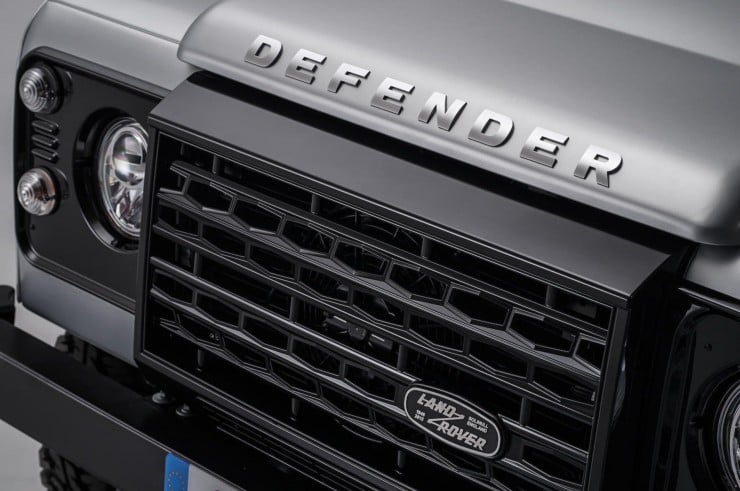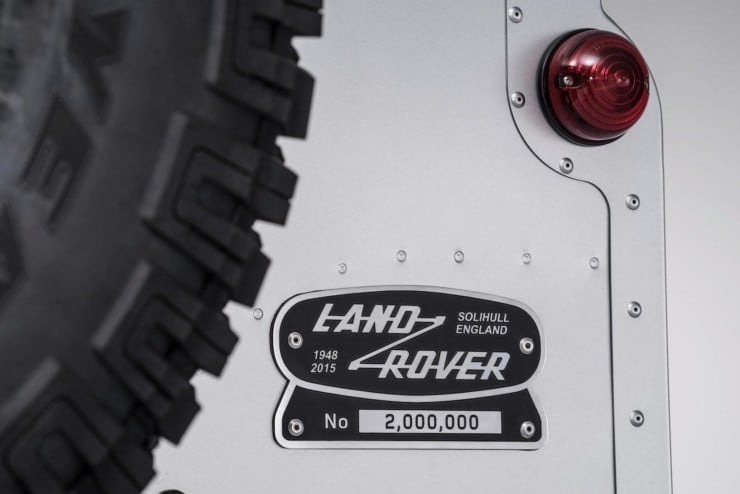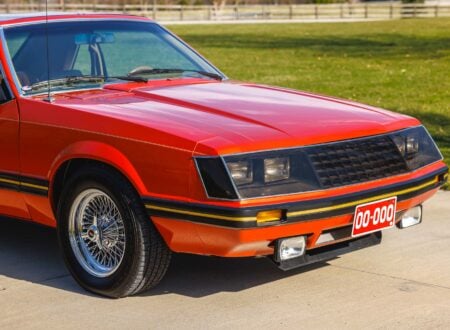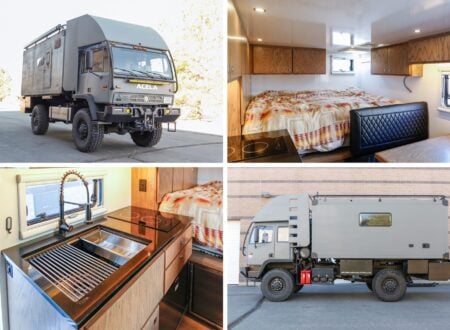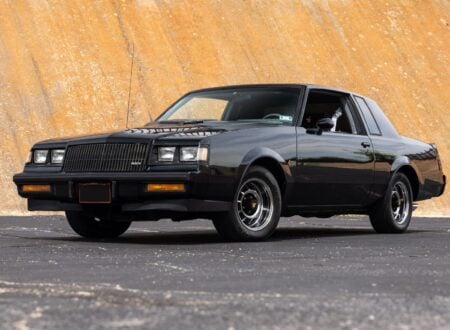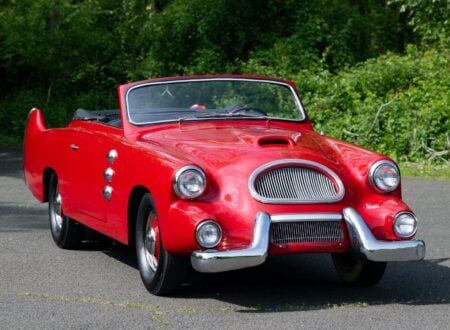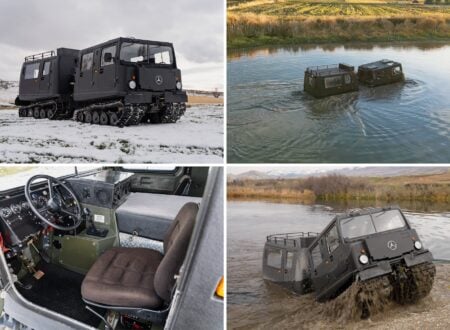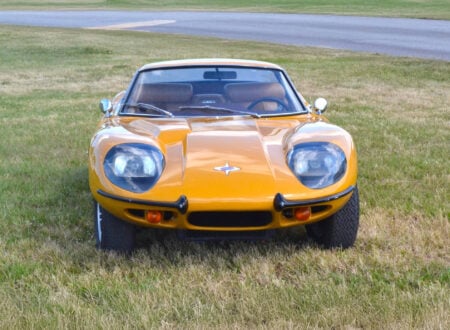The story of Land Rover has been a remarkably long tale of success, during a time in which many lauded British automobile and motorcycle marques faltered, floundered and failed. The extraordinary abilities of the aluminium-bodied 4×4 have seen variants of the design conquer the most difficult terrain of each continent since the first one rolled off the production line in 1948.
The story of how the original Land Rover came to be is almost an urban legend – Maurice Wilks, the Rover Company’s chief designer bought himself an army surplus Jeep at the end of WWII, and he fell in love with the simple construction, go-anywhere ability and ease of maintenance. His great eureka moment was when he realised that a vehicle similar to a Jeep but modified for agricultural rather than military use would be exceedingly useful in post-war Britain.
As luck would have it, Maurice’s brother was the chap in charge of Rover, so the two men formulated a basic design in the beach sand of Red Wharf Bay in Anglesey. It used as many parts as possible from the Rover parts catalogue and had a central driving position, as well as a power take off for running farm equipment – like a tractor.
In post-WWII Europe few things were as scarce as steel, so Wilks developed the entire body from aluminium – which also helped with weight and corrosion concerns. The first production Land Rover would later become an icon known by its original license plate HUE 166, and over the intervening decades the basic layout would change very little through the Series I, Series II, Series III, and Defender generations.
When Land Rover initially announced that they would be ending Land Rover production at the end of 2015 there was a general outcry and a lot of people were very angry – but the upside was that the order books for the Defender rapidly filled up, to the point where production will now carry on past New Years Eve into the first few months of 2016.
Land Rover have since announced that they will keep the Defender nameplate in production, but it’ll now be fitted to an entirely new vehicle that will share almost no DNA with its predecessors. Although this is likely to improve the new Defender by allowing things like unibody construction and independent suspension, it does also mean that the reign of the Wilks Land Rover is at an end.
In order to commemorate this Land Rover have announced that they’ll be producing a special version of the model for the 2,000,000th car to wear the green badge. A series of well-known Britons participated in the construction of the milestone model, including Bear Grylls who fitted the wheels. Stephen and Nick Wilks, the sons of the Wilks brothers who created the original car assembled the roof. Entrepreneur and Defender owner Theo Paphitis fitted the rear seats and lights. Actress Virginia McKenna, OBE, founder of the Born Free Foundation fitted the registration plates. Mike Adamson, Chief Executive of the British Red Cross fitted the headlights and the vehicle’s VIN plate was attached by Dr Ralf Speth, the CEO of Jaguar Land Rover.
Bonhams will be auctioning off the 2,000,000th Land Rover on the 16th of December 2015, all the proceeds will go to the Red Cross and the Born Free Foundation, and there is no reserve price listed for the sale.
If you’d like to read more or register to bid you can click here.


